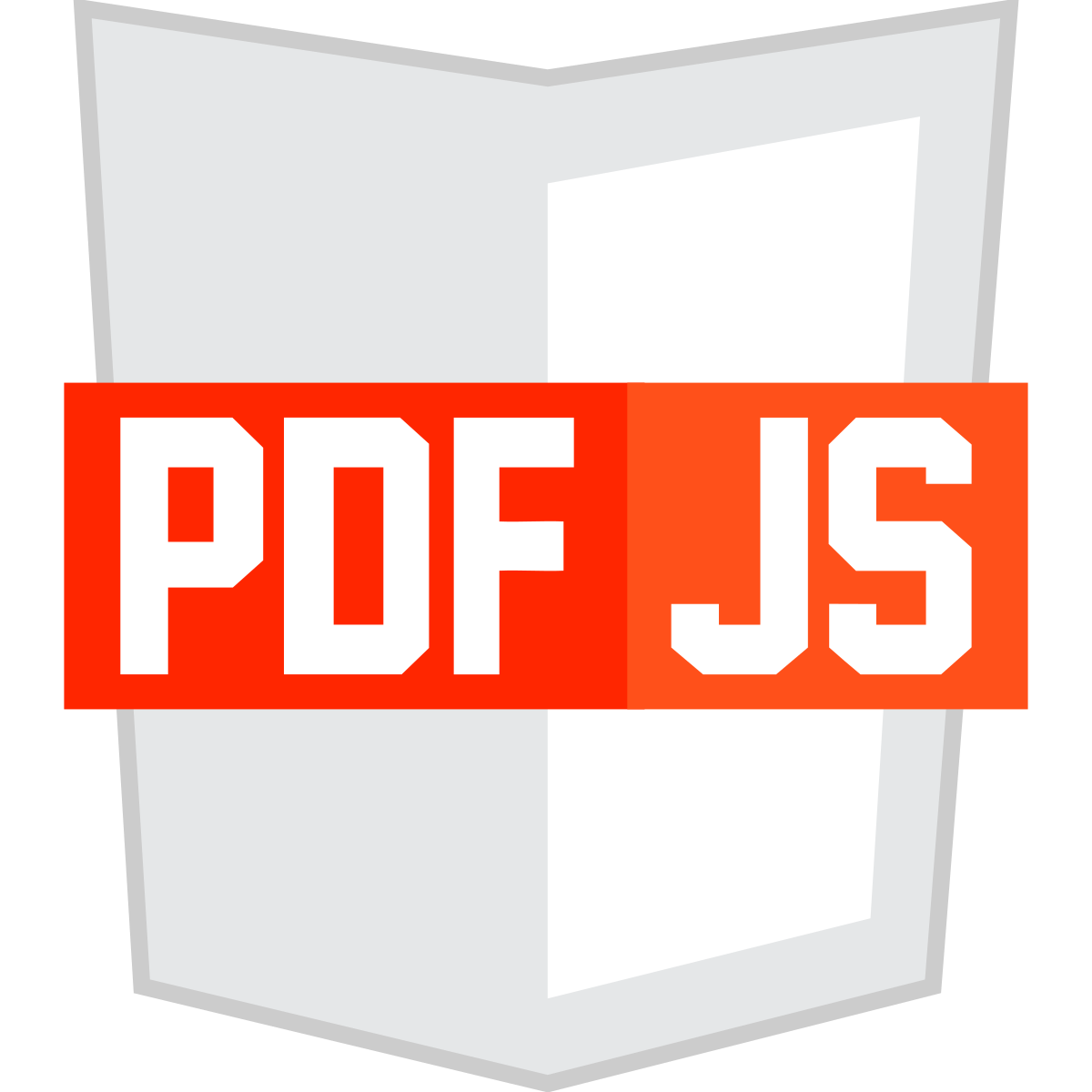This is my personal website, made with Hugo.
Tech & Choices
Framework
When choosing a framework to build my personal website there were a few factors I took into consideration, like the kind of content I wanted to host, and its format. As this is a blog/portfolio/hub, it made sense to have a static site. I don’t need any database or server design, and I would be serving fixed HTML. The significant increase in speed is always welcome, and I wanted to minimize complexity.
Knowing I wanted a static website, there were a few frameworks I could go for. I chose Hugo for a few reasons. Firstly, as with every personal project, I was looking to learn something new. Among the static site generators I hadn’t used, Hugo looked interesting and unique, while still having a significant community. Regarding this last point, the Hugo themes list seemed like a great starting point, as themes work out of the box while still being completely customizable. There, I found my starting theme: Sam Robbin’s Developer’s Portfolio.
Though at first I found Hugo’s structure a bit daunting, once I learned how everything worked it felt comfortable. Adding new posts is very fast, and Hugo’s layout system feels very natural for this kind of site. As to performance, being a static website it is obviously extremely fast, just what I wanted.
Math typesetting library
As I intended to add mathematical content, I needed some way to correctly render LaTeX. There are two main engines designed to do this: MathJax and KaTeX. MathJax is the classic options, while KaTeX is the newer library, and the one I ended up using. KaTeX is noticeably faster and seems to be the main choice nowadays. In any case, switching between both of them isn’t difficult, and it can even be done programmatically.
Sadly, Hugo isn’t explicitly designed to work with this libraries out of the box, at least in the current 0.78 version. To make it work, you need to use the mmark markdown renderer in the posts where you want to use LaTeX. This renderer is deprecated, so I may have to rework how I do this at some point. This is a big Hugo weakness, and if I had know earlier I may have chosen another framework. Still, this is not a fundamental feature, so my current setup is good enough.
UIkit
UIkit was used on my original Hugo theme, so it was natural to keep it. This front-end framework simplified quite a bit of my CSS workload, and allowed me to keep a consistent look throughout the site. Lightweight and easy to use, it provided a nice starting point.
